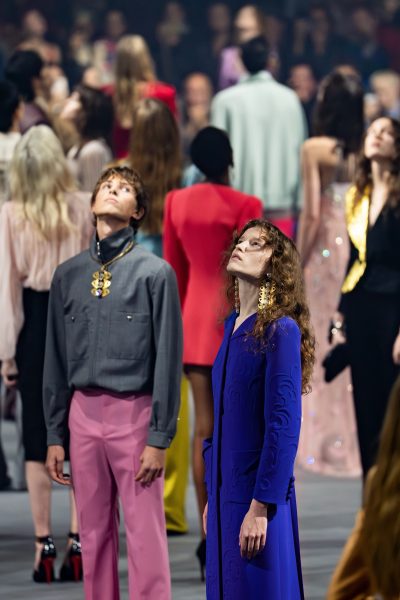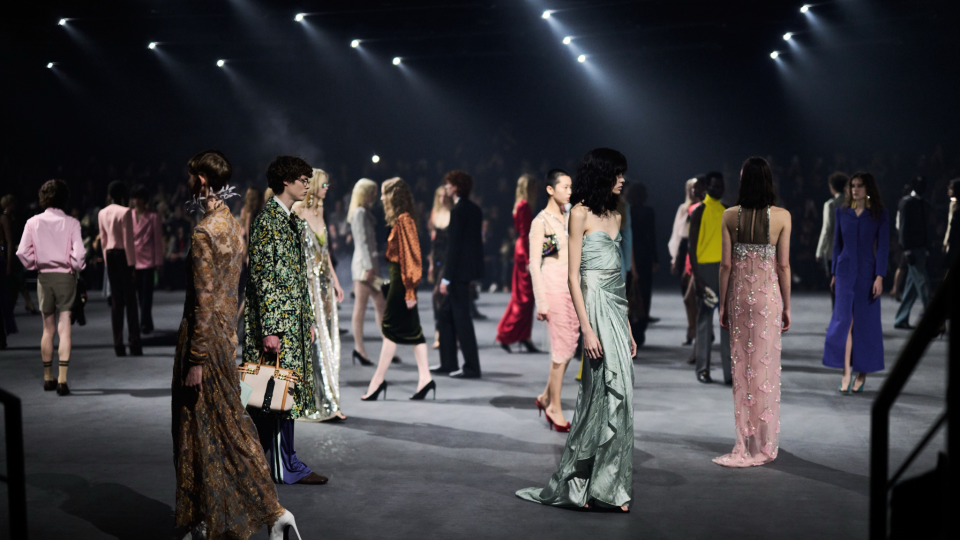
On February 1, 1941, in a dark age, when the fury of war sweeps across the land and the antiaircraft units tear the silence up the skies, a young student of the Faculty of Humanities in Bologna sends a letter to a childhood friend. He tells him about the ever-changing gleam of desire – erotic, playful, innocent – that keeps on burning despite the unsettling shadows obscuring his present. Among other things, he writes: “the night I told you about, we saw an immense amount of fireflies, they made little woods of fire inside little woods of bushes and we envied them because they loved each other, because they longed for each other through amorous flights and lights”.
This student is Pier Paolo Pasolini. The fireflies he evokes represent, in his eyes, the ability to resist the darkest night: erratic luminescences bursting with life, intermittent fragments of embodied poetry, glimmers so elusive to survive the darkness of the ruling fascism.
On February 1, 1975, exactly 34 years after that message of hope entrusted to the splendor of the fireflies, Pasolini publishes an article to reflect on the political situation and the devastating cultural standardization of the era. It’s true, he writes, the fascism of the 30s and 40s has been defeated. Yet, it has managed to rise again in a radically unprecedented and unpredictable way. The reference is to the conformism that was ravaging the values, the souls and the languages: a new night, so impenetrable to completely devour the differences and the luminous dances of the fireflies seeking love. It’s the definitive theorization on “the disappearance of the fireflies”.
The art historian Georges Didi-Huberman, however, doesn’t believe in such a prophecy. He shares the apprehension dripping from Pasolini’s words, but he says it’s impossible to surrender to the apocalyptic tone that establishes the triumph of darkness. There still are some luminous survivals, anachronisms and shining flickers that design spaces of possibilities. These sparks of light are very feeble, of course. They are difficult to glimpse. “It takes almost five thousand fireflies to produce a light equal to that of a single candle” (G. Didi-Huberman). It takes an eye that is still able to imagine and desire. In this sense, the disappearance of the fireflies prophesied by Pasolini would just correspond to the incapacity of an atrophied gaze to read signs of hope in the dark. Fireflies are not dead. We have gone blind, too blind to see them. We can no longer “seek and recognize who and what, in the middle of hell, is not hell, and make it last, and give it space”. (I. Calvino).
We need to disarm the eyes and reawaken the gaze. It’s the only way to understand how the gloom of our present is actually woven with light swarms of fireflies: hints of worlds to come, traces of a beauty that resists standardization, sensitive epiphanies able to reconnect us with the human. Fashion, in this sense, can become a precious ally. Its task is to illuminate what loves to hide, revealing shy signs of future. Its ability is to profane the existing, emanating glows of enchantment and radiant signs brimming with grace. These are fleeting sparks in the dark, constellations of fireflies that unveil gateways of possibilities and nourish imagination with political force.
Fireflies Valentino Valentino Spring Summer 2026
